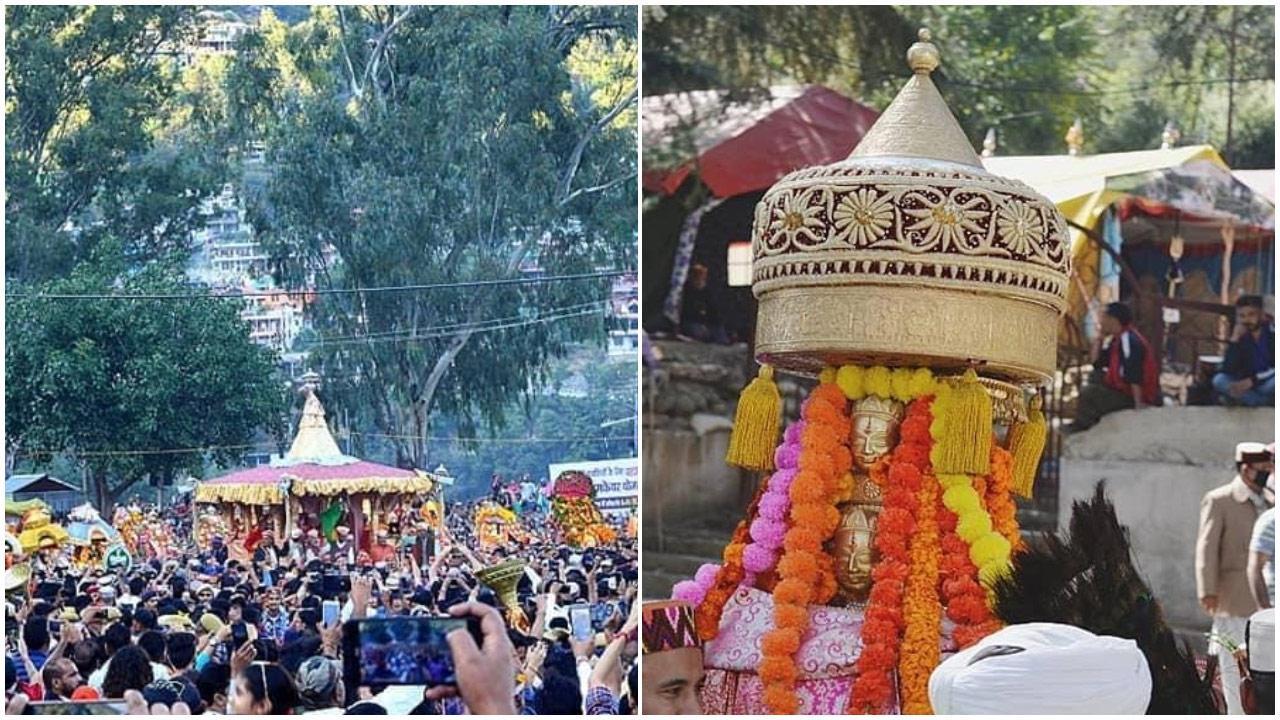While Navratri’s popularity is often attached to Gujarat and Maharashtra, and Durga Puja is considered to be central to West Bengal, other states in India also mark this festival with unique traditions. Locals share how Navratri and Dussehra are celebrated in their states

Glimpses from the Kullu Dussehra celebrations in Himachal (Photo Courtesy: Vishrava)
UNLOCK FULL ACCESS
Buy now to read the full story.
For Just ₹29/-
Already a member? Login
For any queries please contact us: E-mail: support@mid-day.com
 Subscribe today by clicking the link and stay updated with the latest news!" Click here!
Subscribe today by clicking the link and stay updated with the latest news!" Click here!








